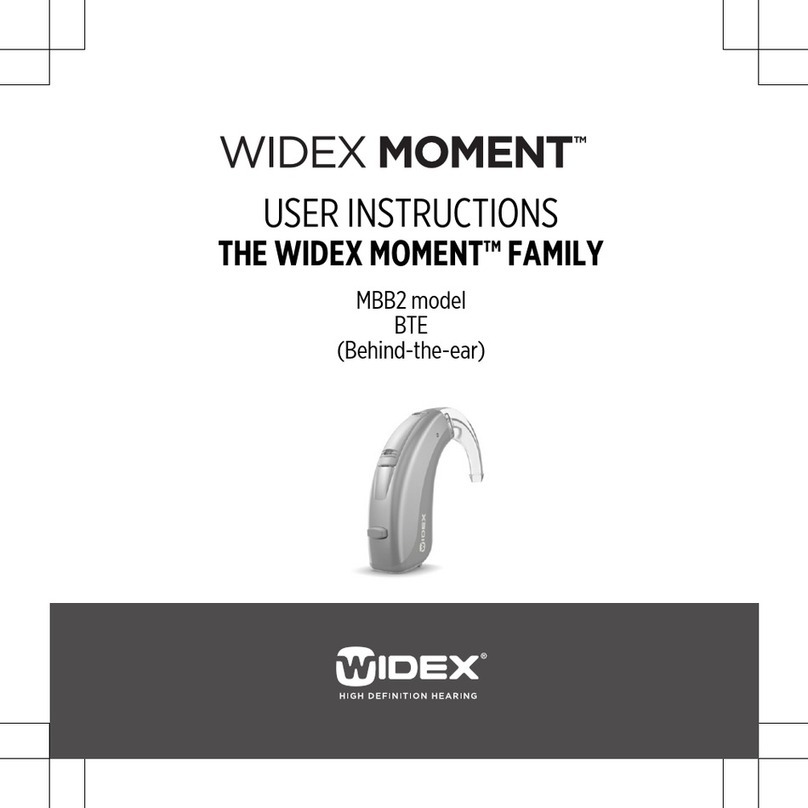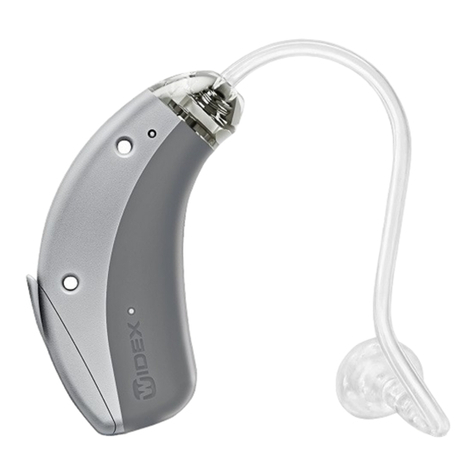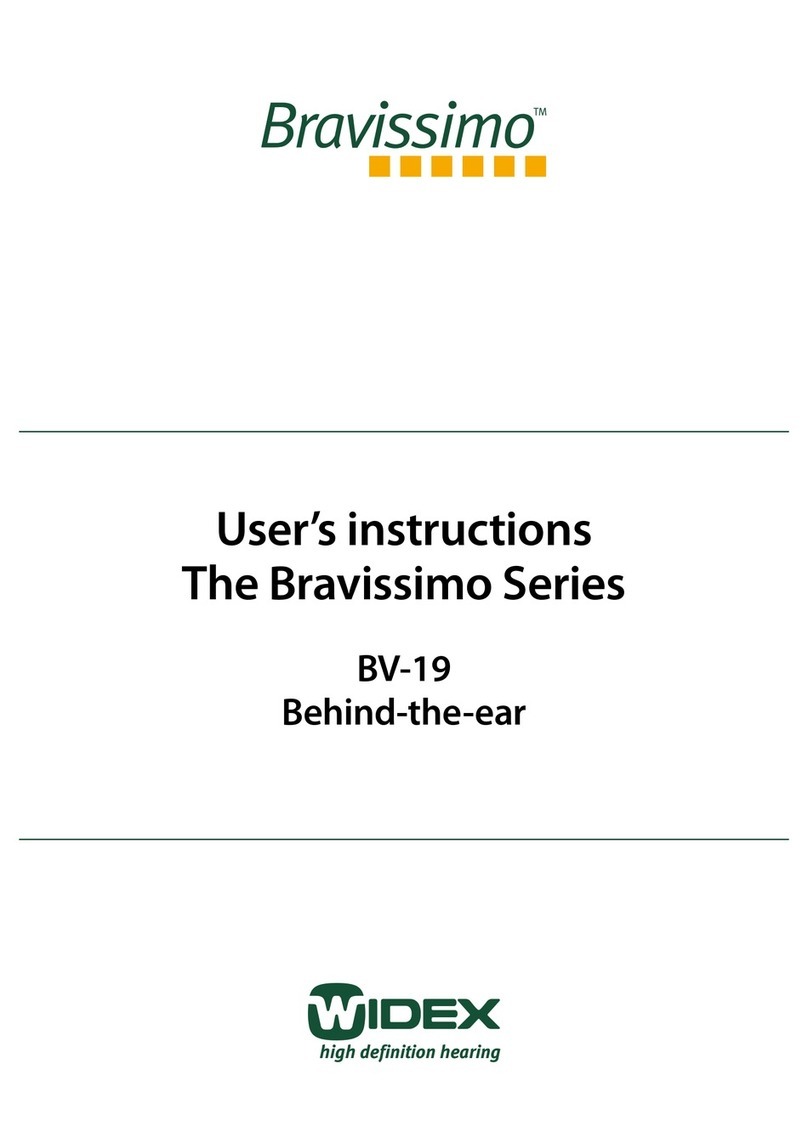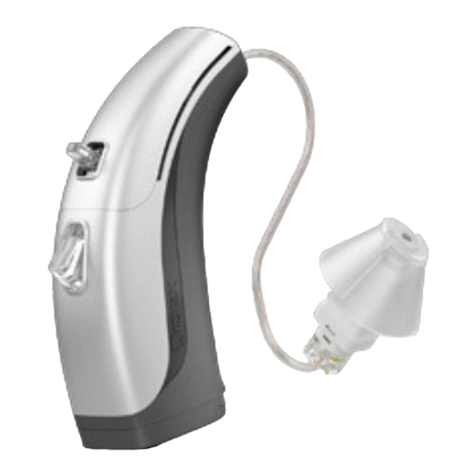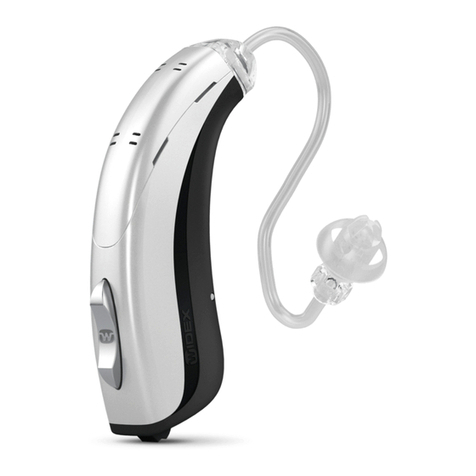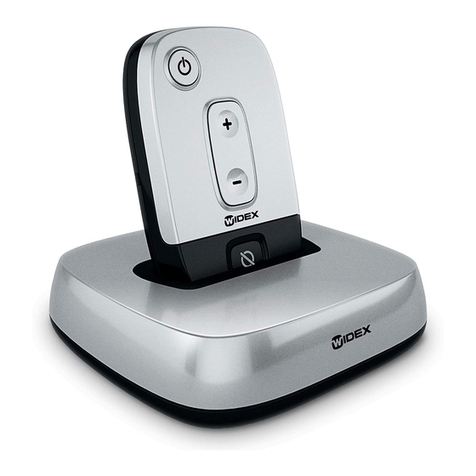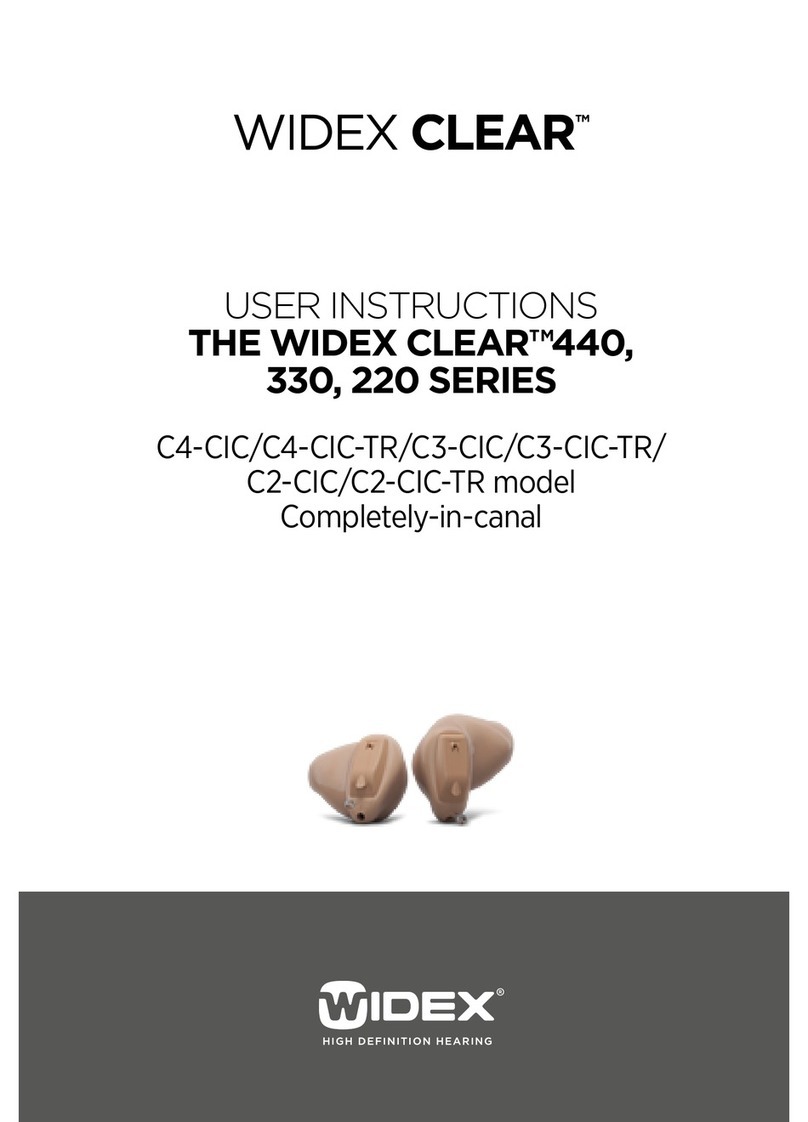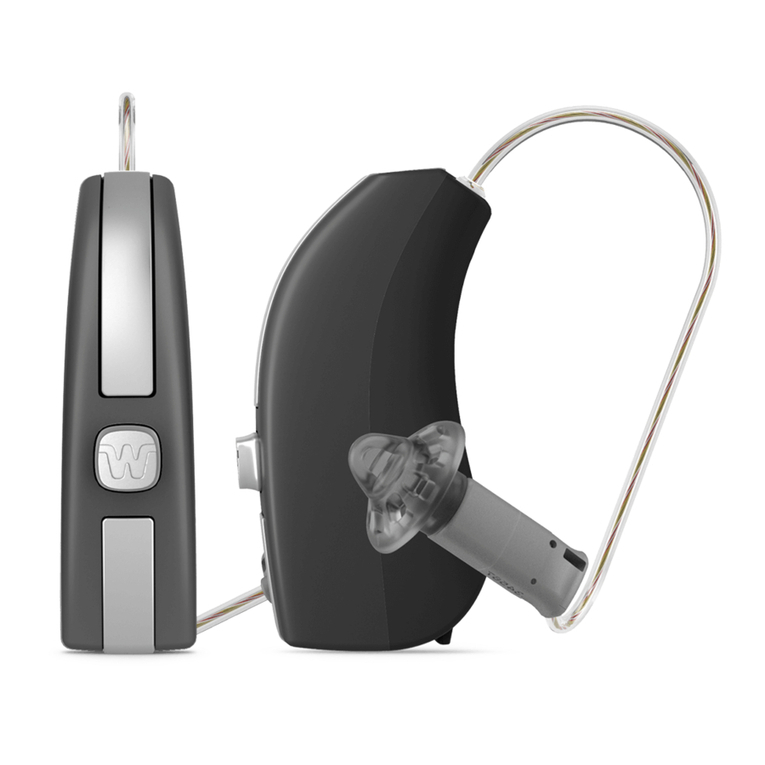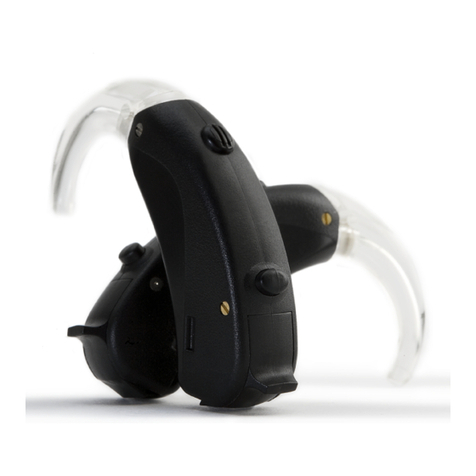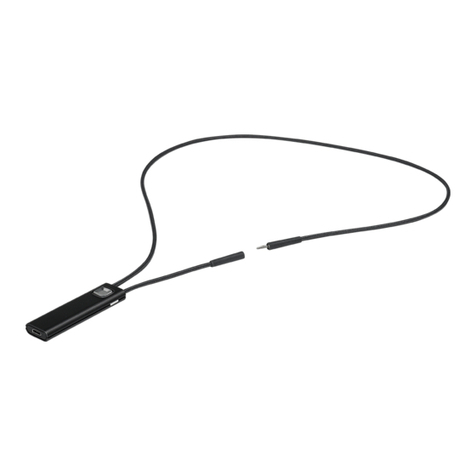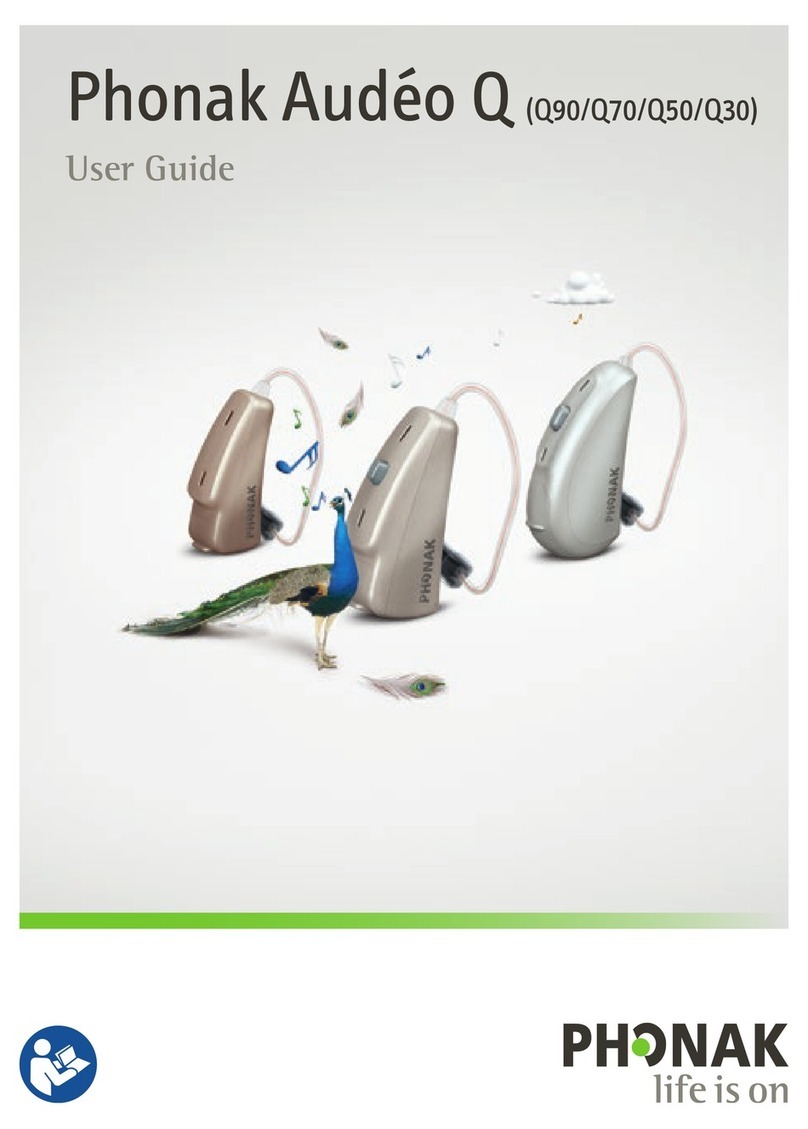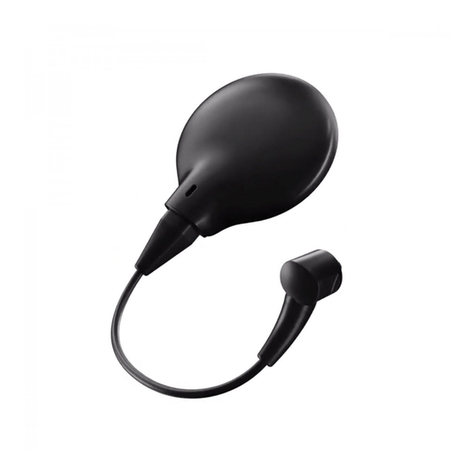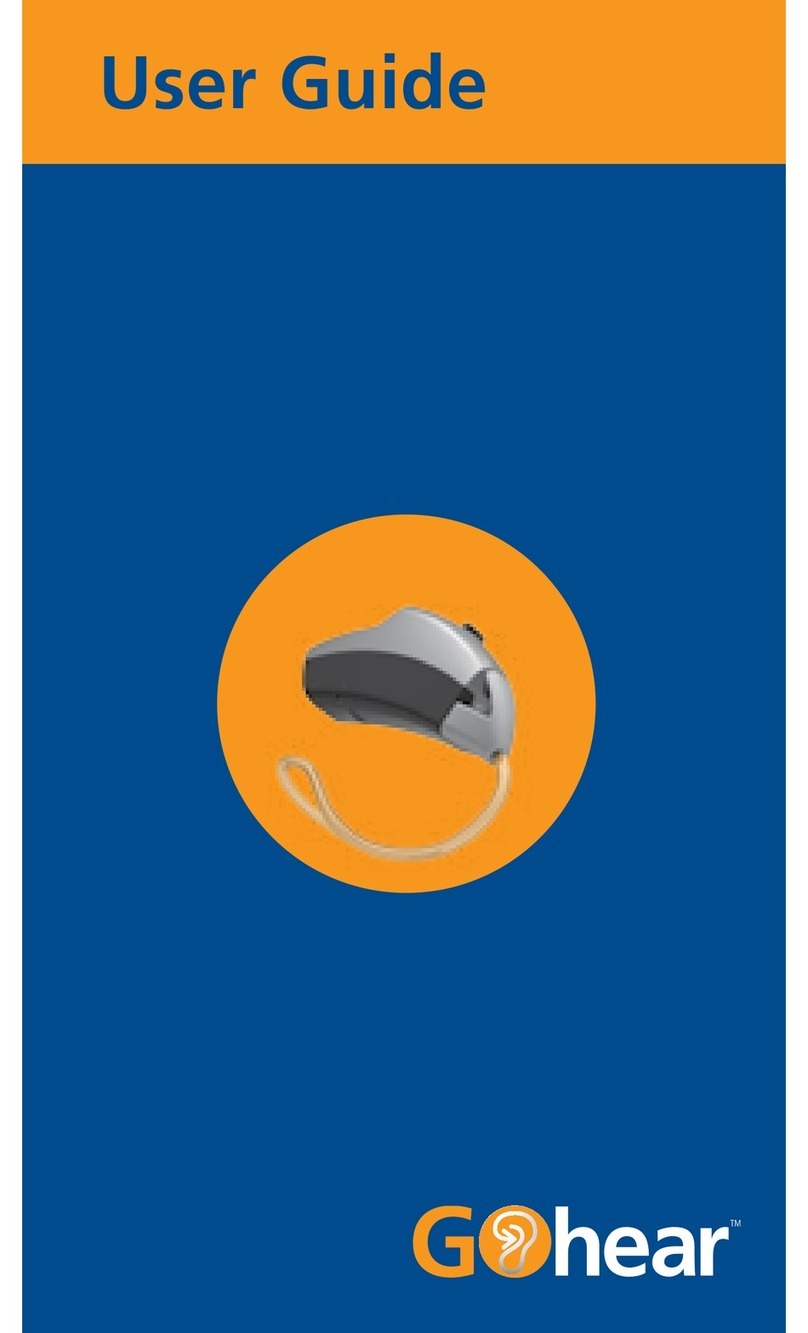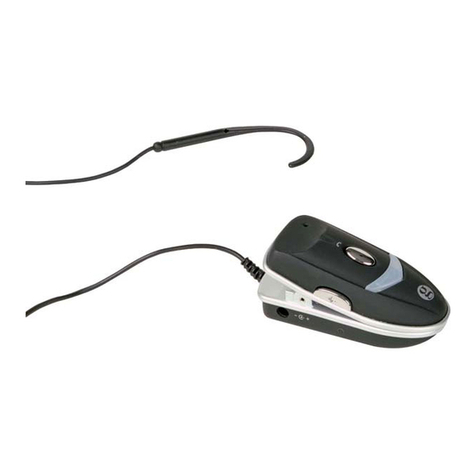
2
Contents
Introduction· · · · · · · · · · · · · · · · · · · · · · · · · · · · · · 3
The FM system and how it works · · · · · · · · · · · · · · · · · 6
TheMicroLinkreceiver · · · · · · · · · · · · · · · · · · · · · · · 8
How the MicroLink works · · · · · · · · · · · · · · · · · · · · · 8
Description · · · · · · · · · · · · · · · · · · · · · · · · · · · · · 9
Attaching and removing the MicroLink · · · · · · · · · · · · · 11
Operating the MicroLink receiver · · · · · · · · · · · · · · · · 13
TheHandyMictransmitter · · · · · · · · · · · · · · · · · · · · 15
How the HandyMic works · · · · · · · · · · · · · · · · · · · · 15
Description · · · · · · · · · · · · · · · · · · · · · · · · · · · · 17
HandyMic accessories · · · · · · · · · · · · · · · · · · · · · · 19
Microphone switch modes · · · · · · · · · · · · · · · · · · · · 20
Instructions for use of the HandyMic · · · · · · · · · · · · · · 22
1.Thecompaniontechnique · · · · · · · · · · · · · · · · · · · 23
2.Theinterviewtechnique · · · · · · · · · · · · · · · · · · · · 25
3.Thelecturetechnique · · · · · · · · · · · · · · · · · · · · · 26
4.Theaudio-visualtechnique · · · · · · · · · · · · · · · · · · 27
Recharging the HandyMic · · · · · · · · · · · · · · · · · · · · 30
TheMicroVoxTransmitter · · · · · · · · · · · · · · · · · · · · 32
How the MicroVox works· · · · · · · · · · · · · · · · · · · · · 32
Description · · · · · · · · · · · · · · · · · · · · · · · · · · · · 34
MicroVox accessories · · · · · · · · · · · · · · · · · · · · · · · 36
Connecting the microphone · · · · · · · · · · · · · · · · · · · 38
The battery · · · · · · · · · · · · · · · · · · · · · · · · · · · · 39
Inserting the battery · · · · · · · · · · · · · · · · · · · · · · · 41
How to switch on the MicroVox · · · · · · · · · · · · · · · · · 42
Connecting audio-visuals · · · · · · · · · · · · · · · · · · · · 43
GettingStarted · · · · · · · · · · · · · · · · · · · · · · · · · · · 44
Operating Range · · · · · · · · · · · · · · · · · · · · · · · · · 44
Maintenance · · · · · · · · · · · · · · · · · · · · · · · · · · · · · 46
Daily maintenance · · · · · · · · · · · · · · · · · · · · · · · · 46
Troubleshooting· · · · · · · · · · · · · · · · · · · · · · · · · · 49
Warranty · · · · · · · · · · · · · · · · · · · · · · · · · · · · · · · 55
Notes · · · · · · · · · · · · · · · · · · · · · · · · · · · · · · · 55
